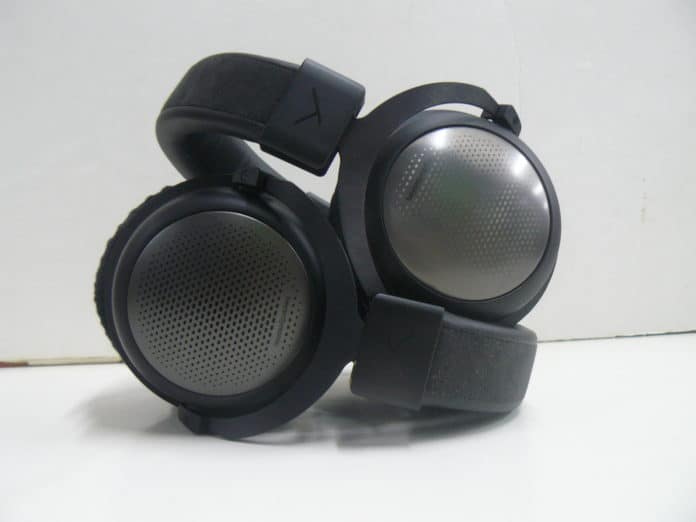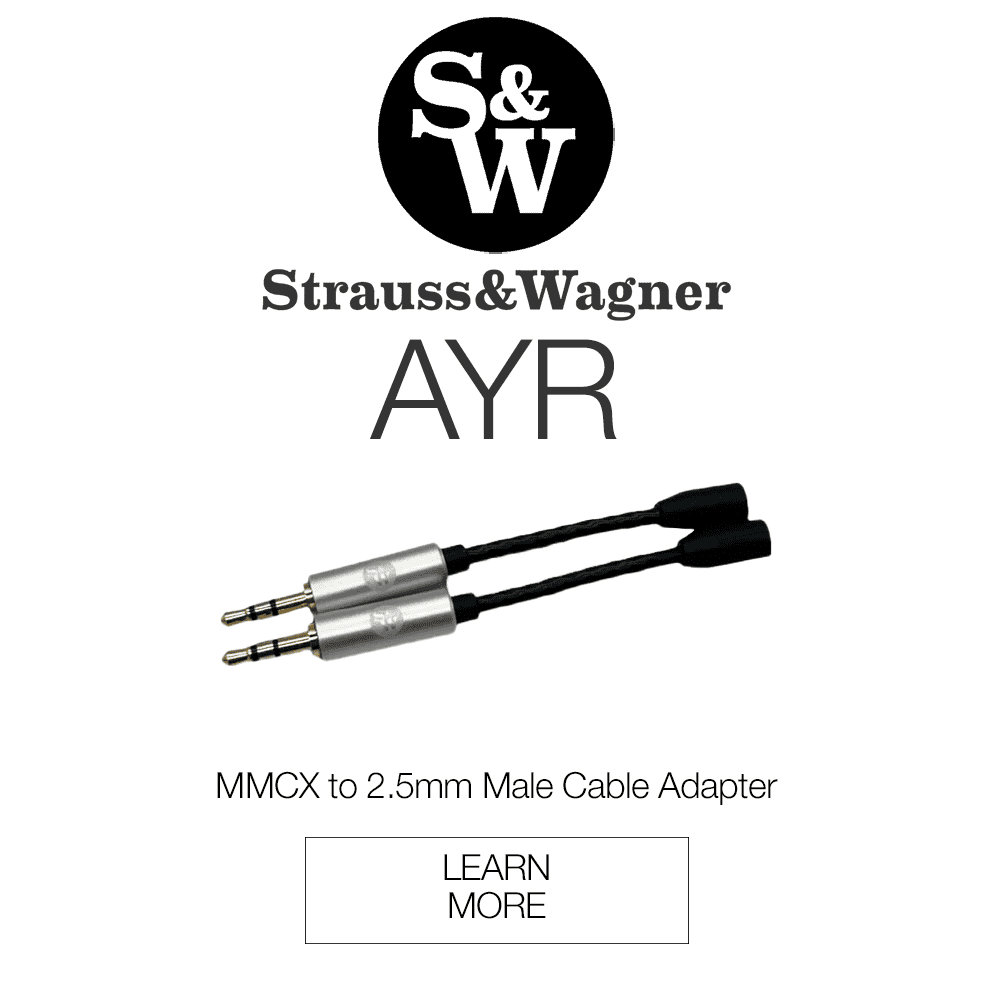Beyerdynamic has released two brand new upgrades to their flagship “T” series of over-ear headphones, the T1 and T5. Both of these models are in their third generation now I reviewed both headphones for MajorHiFi, and I couldn’t possibly resist doing a comparison review between the two. In my reviews, I was impressed with both sets, and they clearly had distinct soundstages, and sound signatures to analyze, as well as different fits and design philosophies. In my mind, both of these headphones boast an argument for being some of the best new cans released in our trash heap of a year that is 2020. The conversation then becomes which are the best headphones for my sound, and with both models coming in at the same price of $999 that conversation gets a little easier.
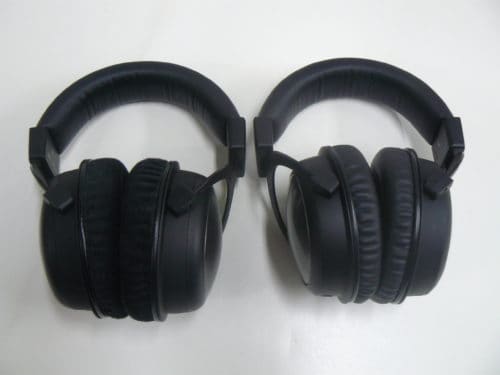
What You Get
In terms of packaging, both models are a mirror of each other. In the box, you get the protective hard case that is the same in both boxes. Both hard cases aren’t really meant for carrying around, more for making sure the headphones have some extra protection while packing rather than carrying them around in public. A big plus in both headphones is the detachable 3.5mm dual connector cables that both include quarter-inch adapters. A minor difference in the T1 and T5 is that the T5 uses a double-sided 1.4mm connector for the headphone inputs, so if you need to replace the cable know that they both require different size connectors.

Look and Feel
At first glance, the T1 and T5 might appear the same, but they have one major difference in their outer shells. The grill on the faceplate of the T1 and T5 tell you the nature of their stage, the T1 being open back, and the T5 is closed. The T5 will actually have its grill holes filled in, while the T1 has them open. Both headphone cups are made from a lacquered aluminum in a sleek black finish, that give both sets a quality feel. The main difference lies in the earpads, where one headphone starts to take a lead over the other. I much preferred the T5’s multi-layered, protein-coated leatherette as oppose to the T1s breathable velour, which had a slightly rougher sensation on my ears. The T1 took a little longer to get used to as a fit than the T5, which immediately comfortable for me. I think it came down to how the filing supported the outer material used, and my ears just preferred the leatherette feeling a bit more. Not to say the T1 is a bad fit, they just took some more breaking in.
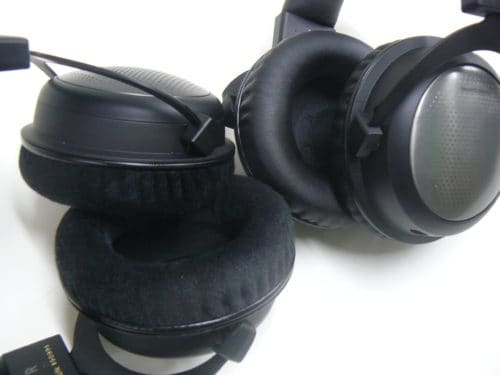
Design
The T1 and T5 both heavily advertise their Tesla technology for their drivers in promo material. This tech plays a different role in the open-back, closed-back designs of both headphones. While both cans sport a tilted driver system, the T1 uses it to enhance the open-back spatiality for image reproduction, while the T5’s closed-back aims for more accuracy, and a reference sound signature. You could say that the T1 is designed for play, and the T5 is designed for work, but as you’ll see, both headphones contain unique responses to specific sound data.
Output
With both the T1 and T5, I saw a lot of comments about resistance and how they lack any significant enhancement from headphone amplifiers. Both models feature a low impedance of 32 Ohms, which is easy to drive for most smartphone devices and computer headphone jacks. That’s not to say you can’t use an amplifier, or DAC at all, it’s just not necessary for clean, safe sound amplification, and no specific aural details will reveal themselves with the use of one. The T1 and T5 announce everything they offer upfront, and while you might be disappointed in the direction this line might be going, the third generation of this line still has a lot to offer in their overall sound quality. Both headphones go for an impressively wide range of frequency detail, as their response lies between as much as 5Hz-50kHz.
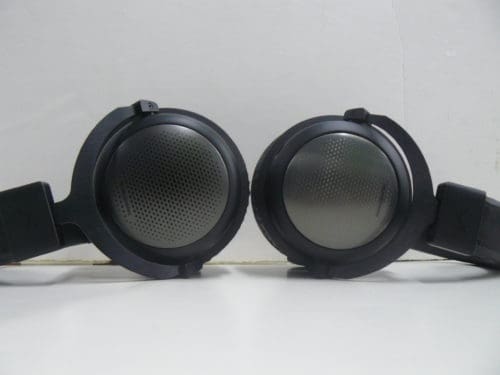
Soundstage
Alright, it’s time to pick apart what makes these headphones really worthwhile. It should be apparent by now that stage plays a significant role in each headphone’s design, as the idea of the T1’s open-back nature is to produce more spatial detail than a closed back. While that may be true of the T1, the T5 still offers a uniquely well-crafted soundstage of its own.
Starting with the T1, spatial imaging reproduction is just impeccable and offers everything an open back should in terms of staging and resonance. I found the T1 to be most surprising in its top-end response, as I didn’t expect a warmer tone from an open-back. The spacing in the T1 is still excellent and offers up a ton of space for the sound elements to play in. In my review, I praised the T1 for its immersive staging, and while that remains true with the examples I give, I feel like a top-end would have really brought the T1 to the next level. They would be a great movie viewing or game streaming headphones if it just pushed for a little more high-end resolution, but for now, it’s a worthy stage for contemporary, folkier music.
The T5 plays a different game in its stage. Instead of an immersive, spatial bliss, the T5 aims for pinpoint accuracy. The aural image appears with a surprisingly naturalistic response, adding that much needed top end to the mix. While it’s not as immersive as a stage, the T5 still provides excellent separation and reproduction of panning information to tracks. Although I wouldn’t consider it a “studio” headphone, I would trust it more over the T1 in terms of referencing a mix.
So which one do I prefer? I do admit a bias towards open-backs, as I love being immersed in soundscapes and ambiances, and while the T1 shows some qualities in that regard, it’s really not the right headphone for that. It’s lacking top end doesn’t do the T1 any favors in its stage, and I just got the impression like something was missing from them. The T5 showed me everything I expected from its stage and wore that like a badge of honor. It all depends on what you want out of your sound, but I would still take the open-back for my casual listening over the T5. Because though the T1 lacks top-end, it’s still a relaxing stage that’s highly enjoyable and expansive for an open-back, just not what I would have thought conventional.
Low End
When reviewing the T1, I claimed that it had the ideal bass for an open-back headphone. That still rings true the more I listen to them, as they have this dynamic width I can’t get enough of. The spread is deep and it is wide and adds a substantial glow to the warmer tonality of the T1’s signature. In comparison, the T5 features a more considerable body and might satisfy a more bass-head sound than the T1, with its thumpy, growling response. Lovers of Hip-hop and electronic beats may find better use in the T5, but the T1 remains a more organic, smoother timbre for bass strings, and sprawling dark synth odysseys.
Mids
As stated when discussing stage, the T1 packs a warm, low-mid resolution to its signature, while the T5 sports a more even, cleaner response in its mids. It comes down to low-mid vs high-mid in the overall mid-range debate between both models, Overall, I found the T1 to be more passionate in its devotion to its warm timbre than the T5 was in its high-mid, top-end lift. While the T5 comes off as more balanced in the mids, the T1 does a better job of admiring the tonal strengths of specific tracks and just puts a little extra color on the sound signature.
Highs
I’ve been teasing the highs through this entire comparison review since it’s a big factor in both headphones overall timbre. So yes, the highs in the T5 are significantly better and more apparent in the T5’s than in the T1. However, I found the highs in the T1’s to still be balanced and offered up some color, but the resolution and amplitude just aren’t there. The passion I mention the T1 has in its low mids, exists in the highs of the T5, as female vocals and instrumentations contain more fluffiness and sparkle.
Verdict
It’s always hard to pick a favorite with two headphones that are so different but offer so much to their listener. Of course, the subjectivity of genre preference plays into the purchase, and I think both the T1 and T5 play to the strengths of different sounds. However, overall I think the T1 ended up just shy above in my rank over the T5. The T5 is a wonderful closed-back, but I think Beyerdynamic just put more of their stock in the T1, as it retains the most energy, and color from the tracks it reproduces. You might be limited to what you hear in the T1, but what it excels in, it flys away with.
Beyerdynamic T1 3rd Gen is available at Audio 46
Beyerdynamic T5 3rd Gen is available at Audio 46
MAJORHIFI may get a commission from retail offers.
Compare the ranking of various headphones, earbuds and in-ear monitors using our tools.
Discuss this, and much more, over on our forum.
---MAJORHIFI may receive commissions from retail offers.


